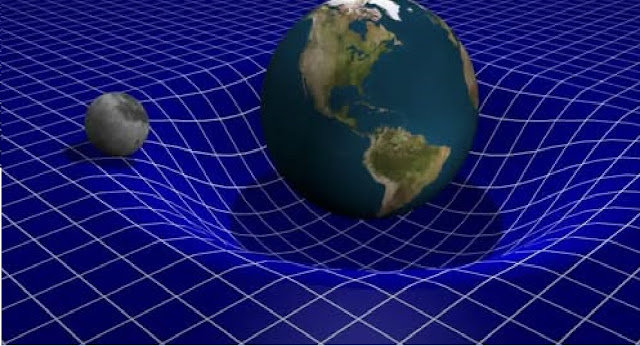Isaac Newton’s Law of Universal Gravitation and Albert Einstein’s Theory of General Relativity revolutionized our understanding of the cosmos. However, a new study from Sejong University, published in The Astrophysical Journal, reveals potential limitations in these theories. Focusing on wide binaries—binary star systems with extremely low orbital accelerations—scientists observed deviations from Newton-Einstein predictions, sparking fresh discussions about the nature of gravity.
Kyu-Hyun Chae and his team analyzed data from 26,500 wide binary systems within 650 lightyears using the European Space Agency’s Gaia space observatory. The researchers discovered that when orbital accelerations dropped to around 0.1 nanometers per second², the observed values were 30-40% higher than expected. However, accelerations above 10 nanometers per second² aligned with traditional models. These anomalies suggest that Newton-Einstein gravity may break down at ultra-low accelerations.
The standard model of gravity often attributes deviations to the influence of dark matter, an elusive substance that supposedly constitutes most of the universe. However, Chae’s findings lend support to Modified Newtonian Dynamics (MOND), a theory proposed by Mordehai Milgrom in 1983. MOND challenges conventional gravity by offering alternative explanations for galactic anomalies.
Chae specifically references a MOND-based theory called A Quadratic Lagrangian (AQUAL), co-developed by Milgrom. This theory predicts a boost factor of 1.4 times the expected acceleration under specific conditions, matching the observed deviations in wide binaries. Chae describes his findings as “direct evidence for the breakdown of standard gravity at weak acceleration.”
Despite this compelling result, MOND has its own limitations and is yet to gain widespread acceptance. Much like the dark matter hypothesis, it requires further observational support to be validated.
Chae specifically references a MOND-based theory called A Quadratic Lagrangian (AQUAL), co-developed by Milgrom. This theory predicts a boost factor of 1.4 times the expected acceleration under specific conditions, matching the observed deviations in wide binaries. Chae describes his findings as “direct evidence for the breakdown of standard gravity at weak acceleration.”
Despite this compelling result, MOND has its own limitations and is yet to gain widespread acceptance. Much like the dark matter hypothesis, it requires further observational support to be validated.















No comments